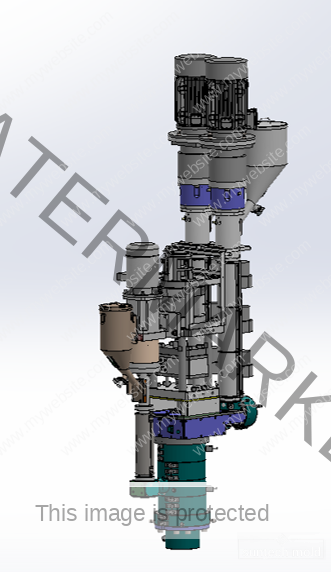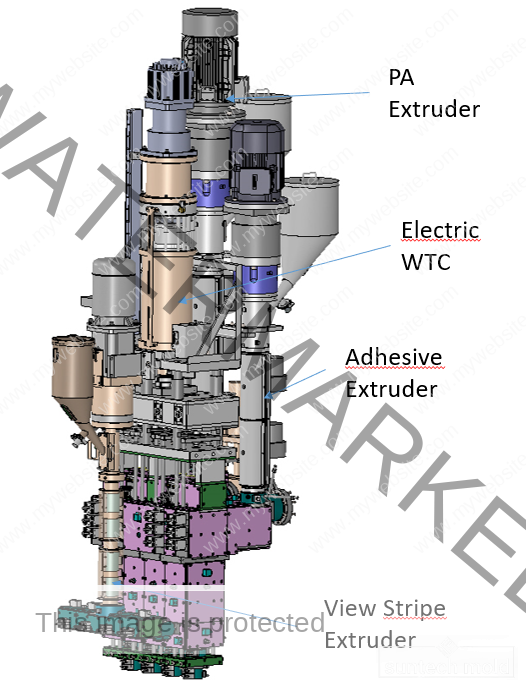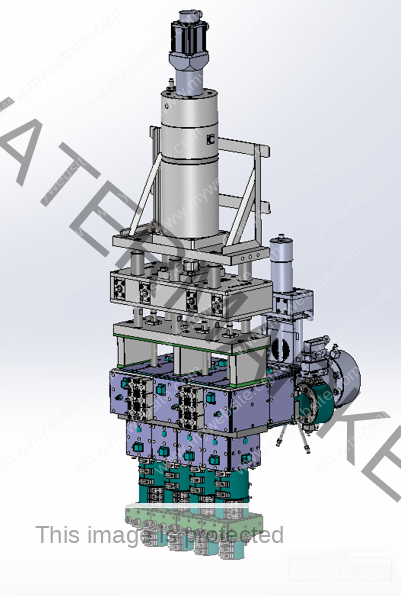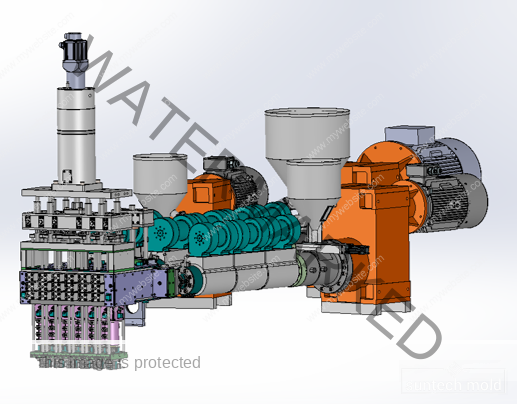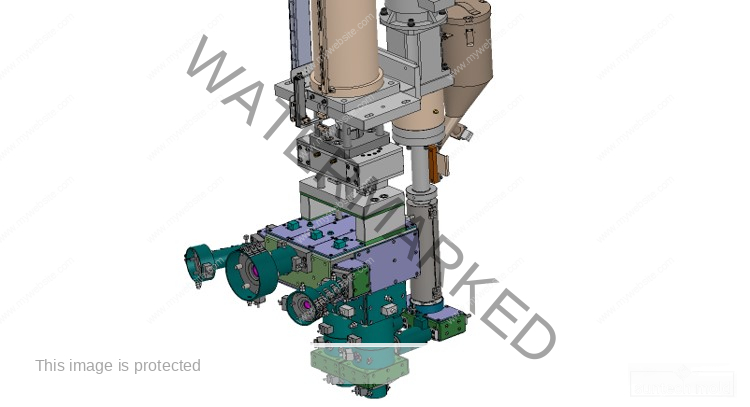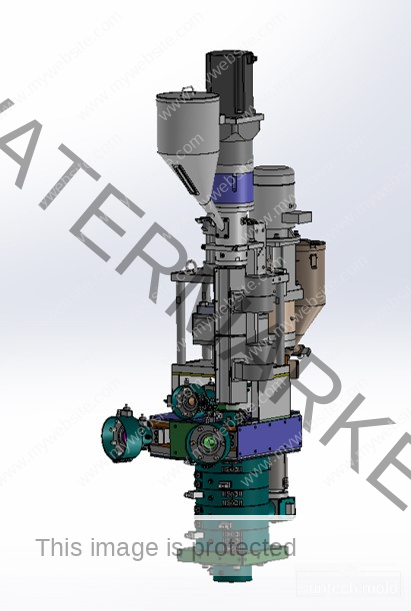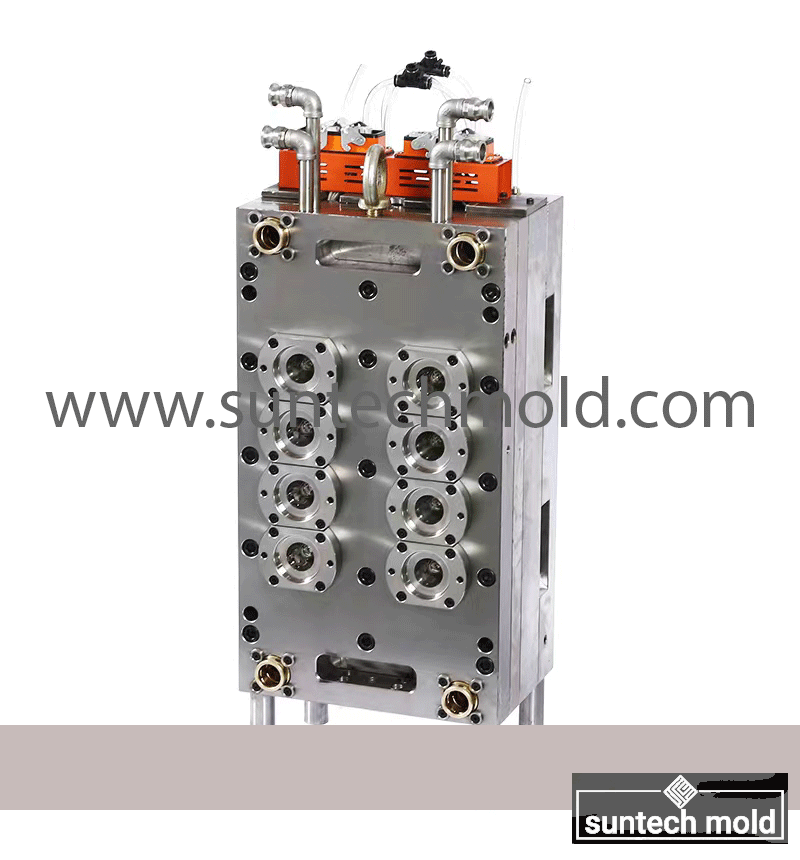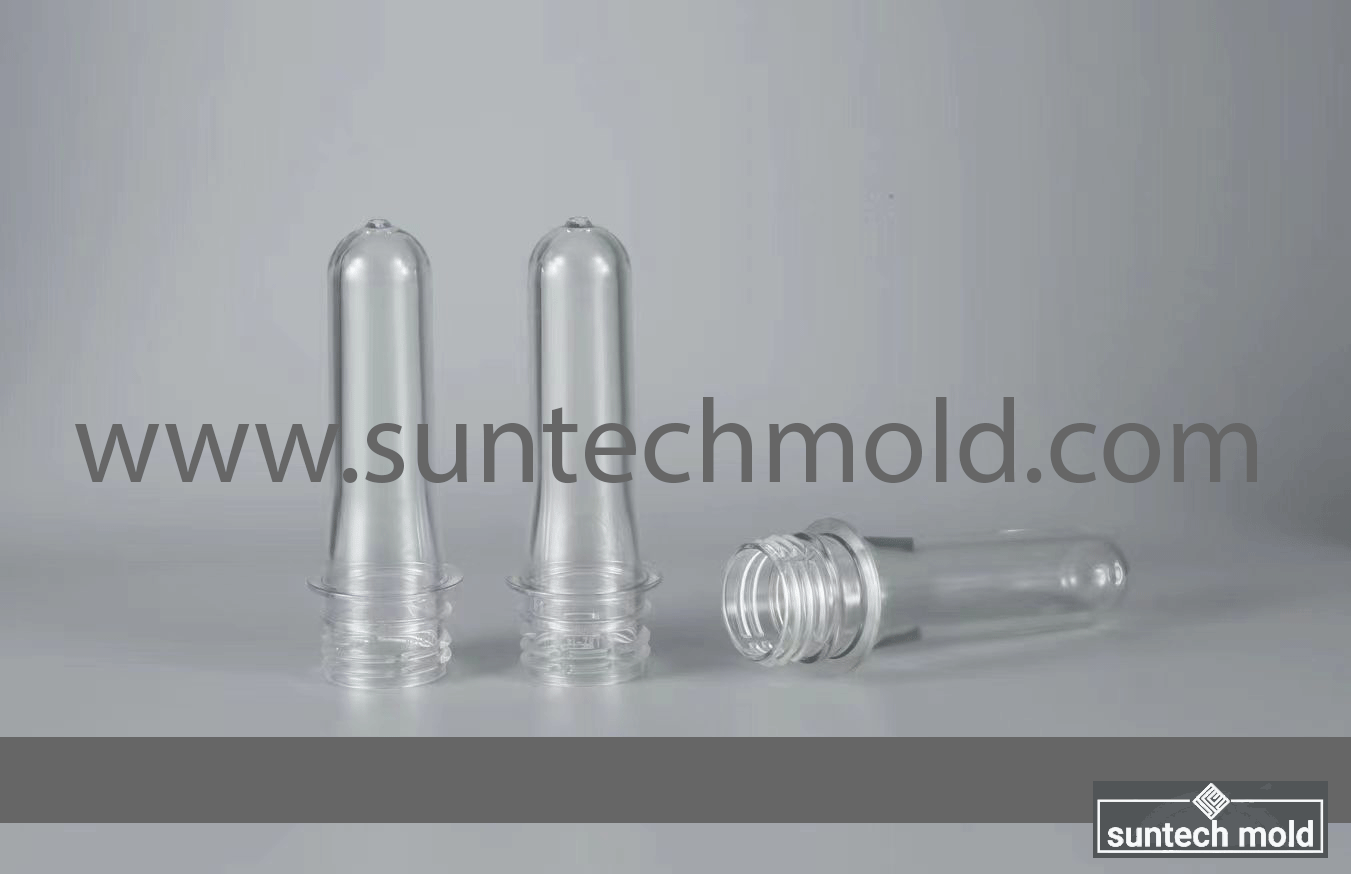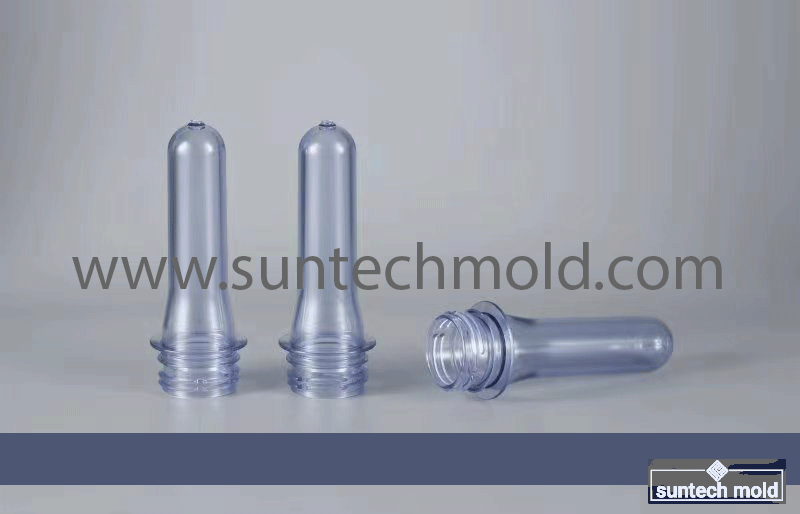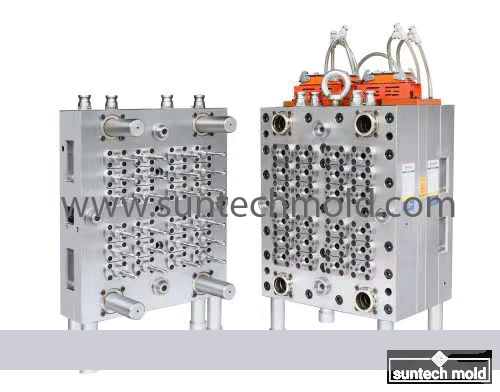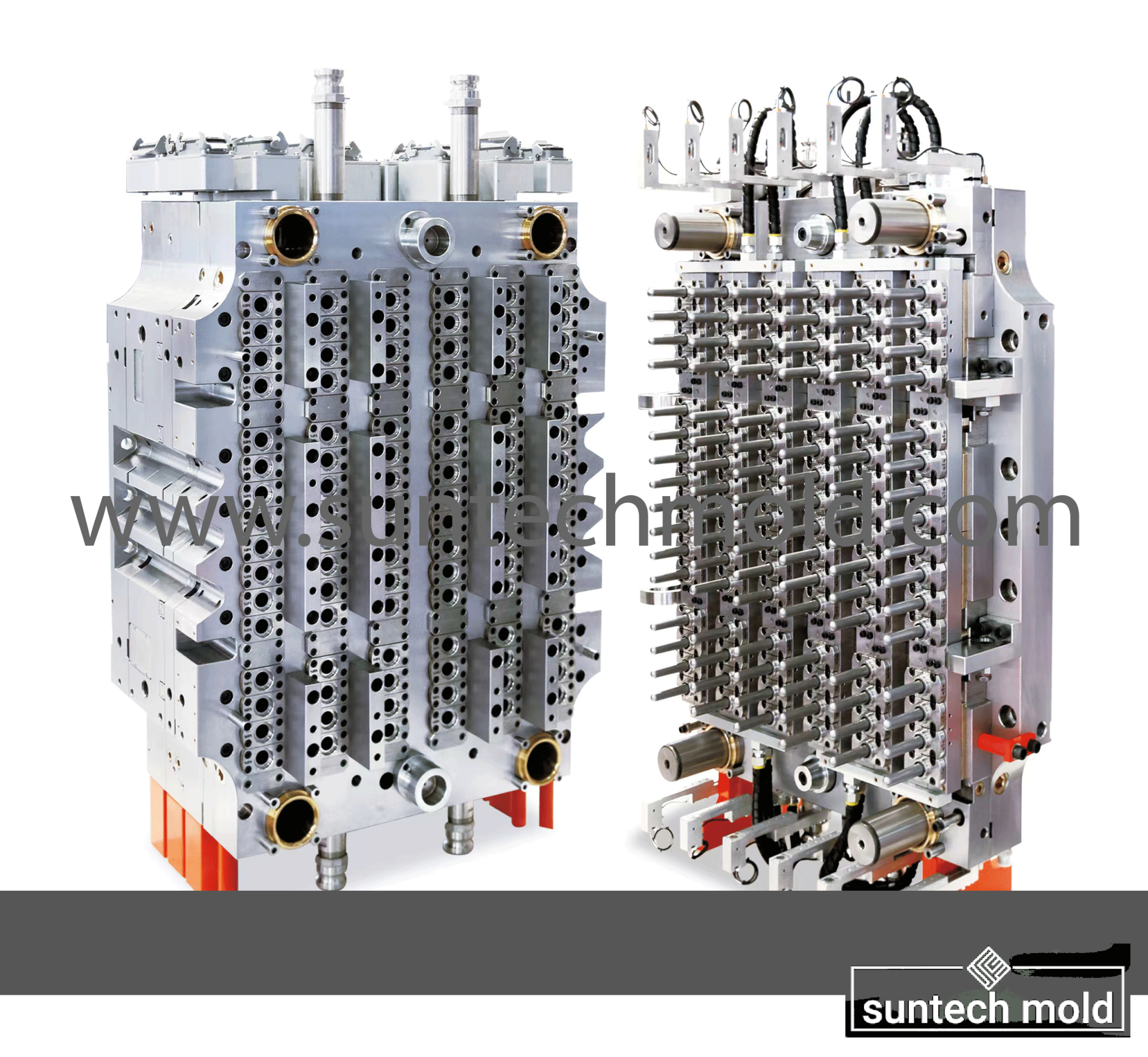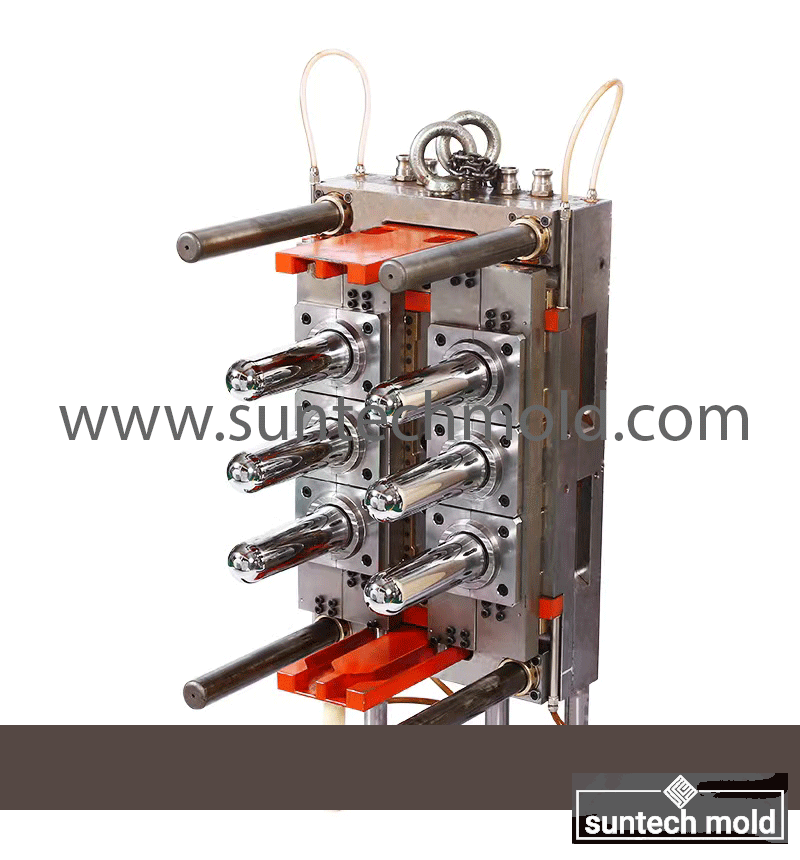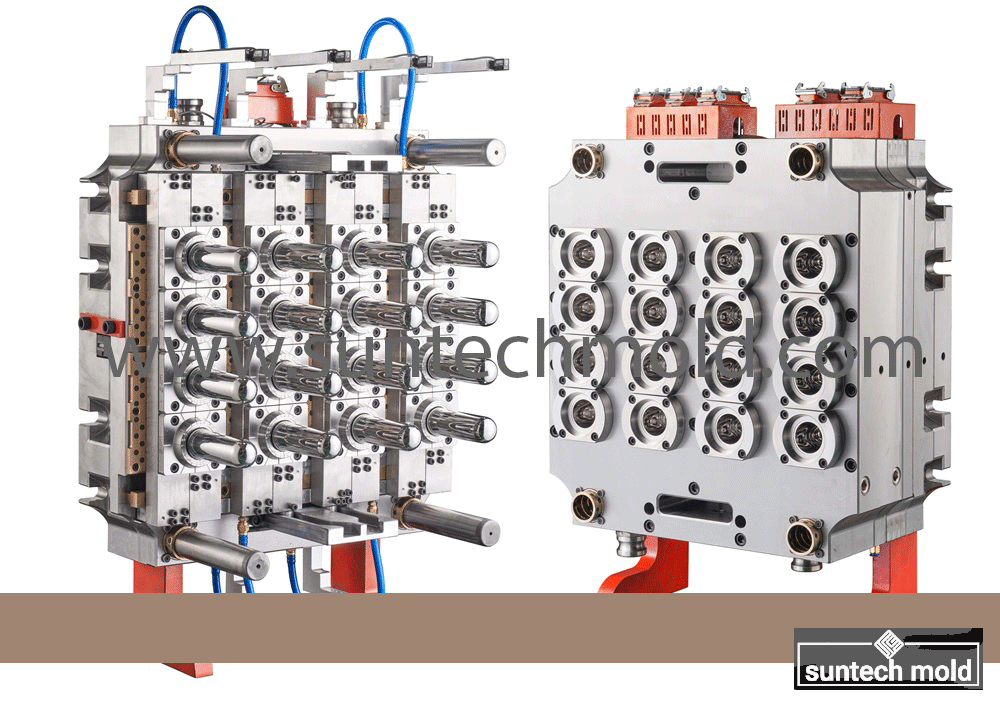3 Gallon Preform Mold – Durable and Efficient Molding for Large-Volume Containers
The 3 gallon preform mold is an essential component in the production of large-capacity PET containers, often used for water dispensers, industrial fluids, and food-grade liquids. These molds are engineered to deliver consistent, high-quality preforms that are later blow-molded into sturdy 3-gallon containers. To ensure efficiency, durability, and excellent product finish, the material used in the mold’s construction is critical.
Materials Used in Manufacturing a 3 Gallon Preform Mold
Selecting the right material for a 3 gallon preform mold directly affects performance, mold longevity, thermal regulation, and part consistency. Here’s a breakdown of the most commonly used materials in preform mold manufacturing and their benefits:
Tool Steel – Strength and Wear Resistance
-
High-Carbon Tool Steels (D2, H13): These steels are popular for preform molds due to their excellent hardness, durability, and resistance to wear and thermal fatigue. For high-volume production environments, tool steel is often the top choice.
-
Heat Treatment Compatibility: These steels can be hardened and tempered, making them ideal for precision molds that must withstand continuous high-pressure cycles.
Stainless Steel – Corrosion-Resistant Molding
-
Rust-Resistant and Hygienic: Stainless steel is frequently used when corrosion resistance is a priority, such as in food-grade or beverage container applications.
-
Longer Maintenance Intervals: Because of its resistance to rust and chemical wear, stainless steel molds typically require less frequent cleaning and upkeep.
Aluminum Alloys – Lightweight and Cost-Effective
-
Machinability and Speed: Aluminum molds are easier and faster to machine, making them suitable for prototyping or low-to-medium volume runs of 3 gallon preform mold parts.
-
Faster Cooling: Aluminum’s high thermal conductivity helps speed up cycle times, although it wears faster than steel under high-volume use.
Copper Alloys – Superior Cooling Performance
-
Exceptional Thermal Conductivity: Copper alloys are integrated into areas of the mold that require rapid heat transfer. This improves cycle time and helps maintain dimensional accuracy in thicker-walled preforms.
-
Hybrid Use: Often used in combination with other materials to maximize cooling without sacrificing mold strength.
Bimetallic Materials – Combining Strength and Conductivity
-
Advanced Engineering: Bimetallic mold components offer both wear resistance and efficient cooling. These are especially beneficial in high-performance production settings where precision and speed are critical.
Plastics and Composites – Niche Applications
-
Specialty Thermoplastics: Though rare, some low-volume or prototype 3 gallon preform mold projects may use high-performance plastics for rapid development.
-
Fiber-Reinforced Composites: These are used in specialized applications where lightweight design and strength are required.
Conclusion: Material Choice Shapes Mold Performance
The performance of a 3 gallon preform mold is heavily influenced by the materials used in its construction. Factors such as production volume, thermal requirements, part precision, and longevity all play a role in determining the ideal mold material. From robust tool steel to high-conductivity copper alloys, each material offers unique benefits that impact production efficiency and final product quality.
Investing in the right mold materials ensures reliable, cost-effective, and high-output performance—crucial for any manufacturer producing large-volume PET containers.

